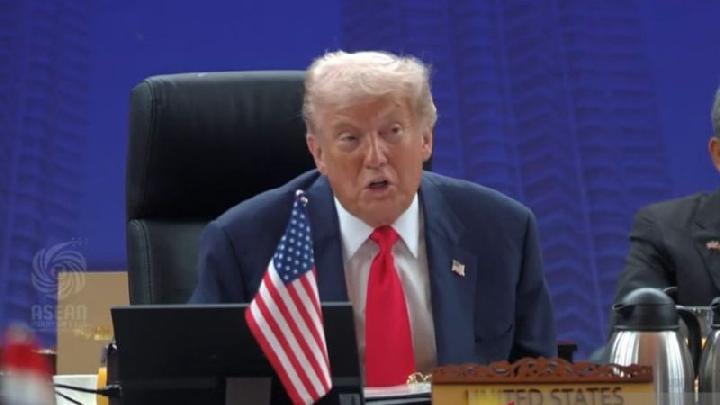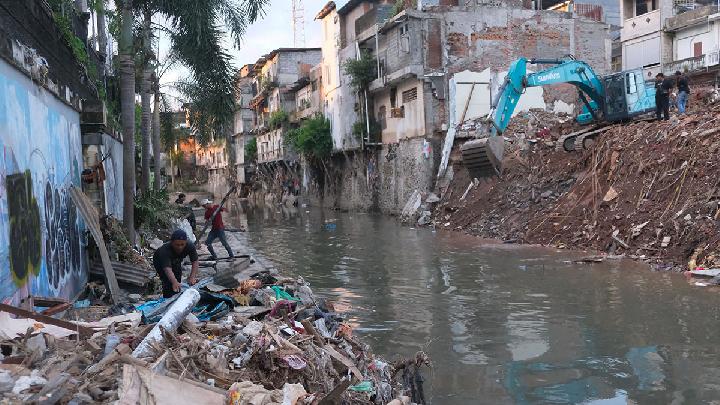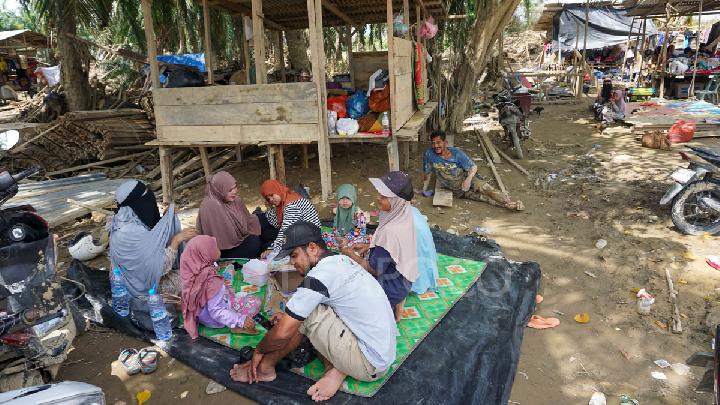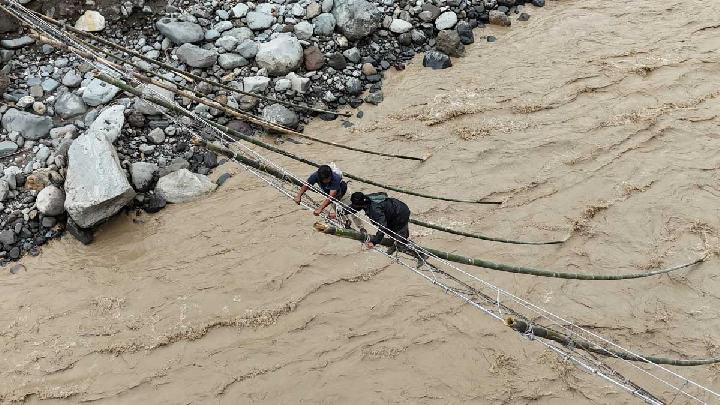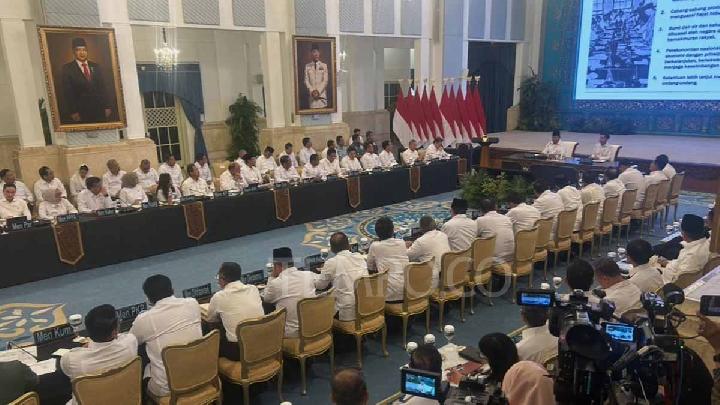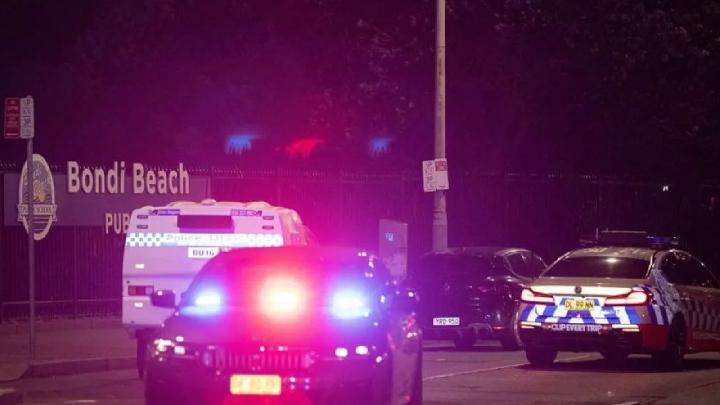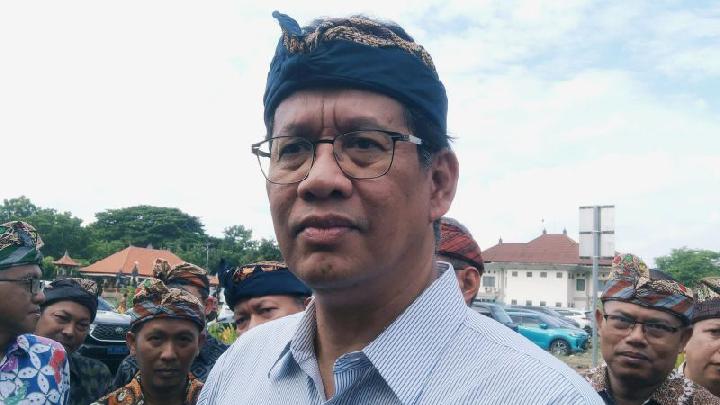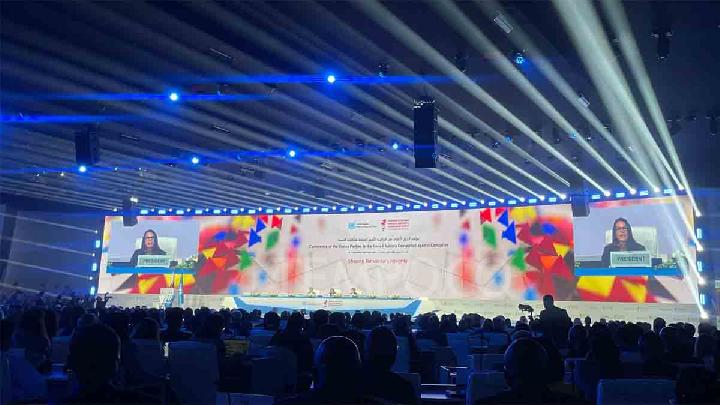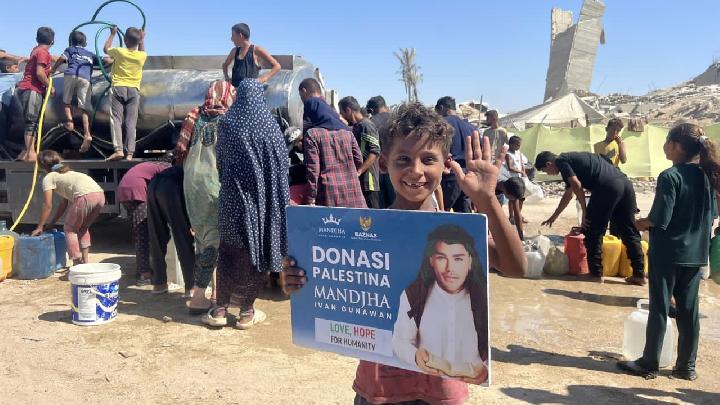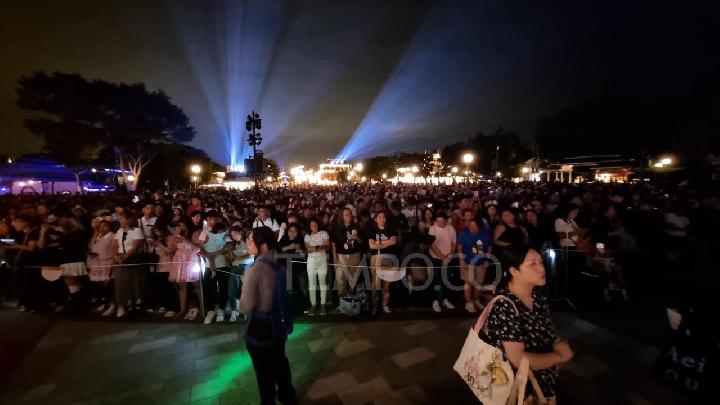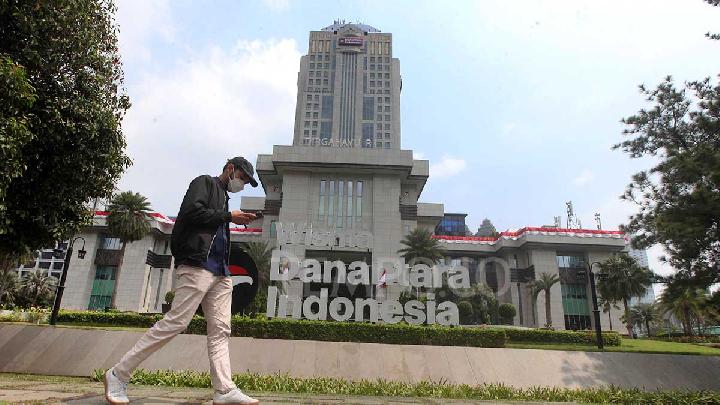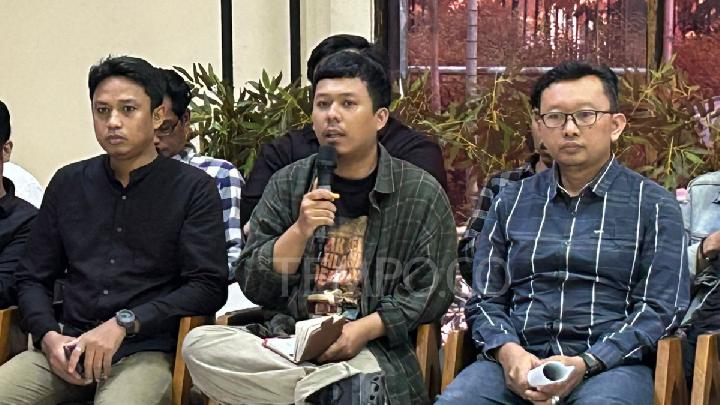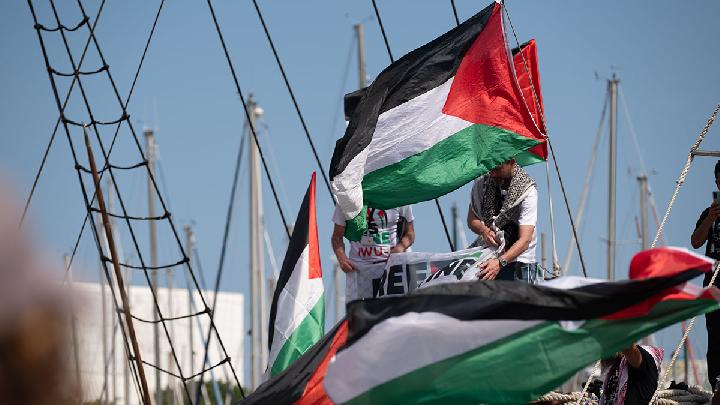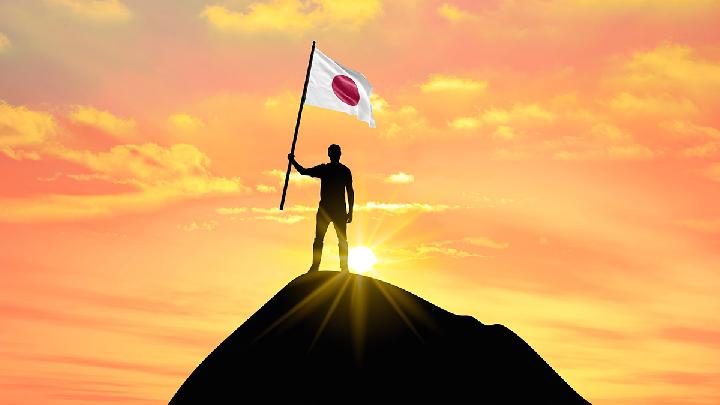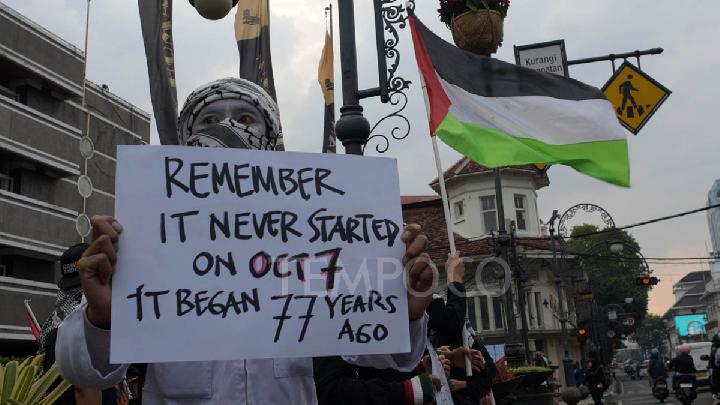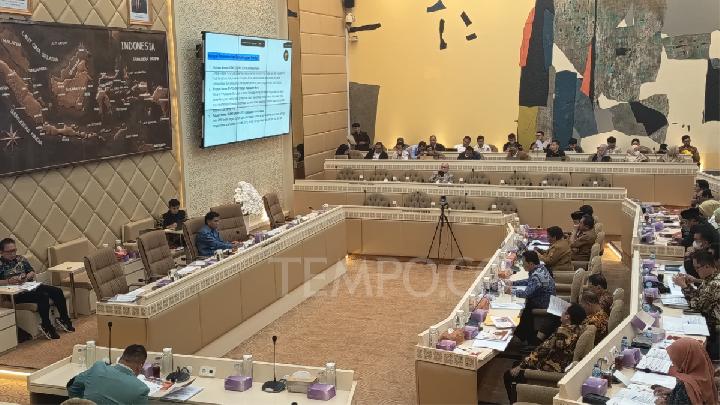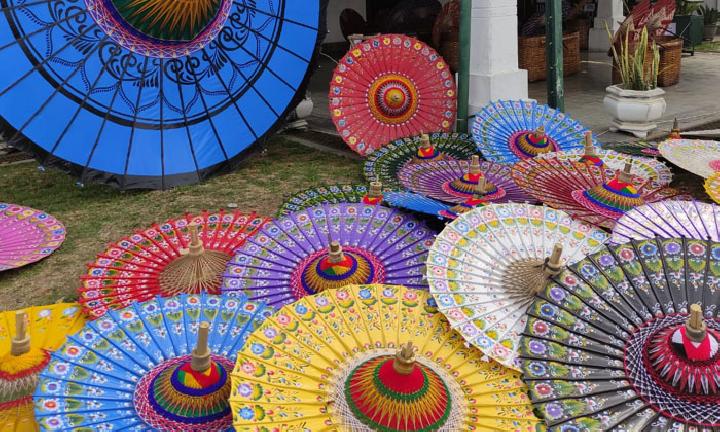TEMPO.CO, Jakarta - Protesters in Nepal have set fire to the parliament building and several residences of prominent politicians, including the private residence of recently resigned Prime Minister KP Sharma Oli, on Tuesday, September 9, 2025.
Demonstrators from the Gen Z-led movement reportedly entered the Federal Parliament building, intensifying protests that erupted in response to police brutality on Monday, as reported by The Himalayan Times.
According to eyewitnesses, the protesters broke into several parts of the parliament building in Kathmandu, continuing their demonstration against corruption, chaos, and government-imposed restrictions.
The Gen-Z demonstrators also breached the 'Singha Durbar,' a key administrative complex in the capital city of Kathmandu.
Gen-Z protesters stormed the main gate of Singha Durbar and forced entry to the location as the security forces attempted to control the situation, according to a report by News18. Some demonstrators were seen carrying firearms near the New Baneshwor area, escalating tensions around the Parliament.
Several ministers resigned as protesters opposed the unspecified curfew, clashed with the police, and vandalized the homes of politicians, including the private residence of former Prime Minister KP Sharma Oli in Balkot, and government buildings.
Oli's private residence was set on fire, as well as the house of former PM Prachanda. Gunshots also occurred near Oli's residence, resulting in one person being injured, according to reports. The residence of Nepal's Minister of Communication, Information, and Technology, Prithvi Subba Gurung, was also set on fire.
This marks the second consecutive day that protesters have forced entry into the Federal Parliament complex. On Monday, security forces fired live rounds after the clashes escalated, killing 19 people and injuring around 500.
The Federal Parliament, considered the heart of Nepal's democratic process, has become a primary symbolic location for the demonstrations.
Anil Baniya from Hami Nepal [We Nepal], one of the protest organizers on Monday, stated that they had initially planned for a "peaceful protest with cultural events and fun."
"During the first few hours, it went as planned, until some external forces and political party cadres joined in the protest and agitated the armed forces and pelted stones," Baniya told Al Jazeera.
Baniya said that when some protesters began climbing the walls of the parliament complex, the security forces fired rubber bullets, and later live rounds.
"No matter what, the government should not have used bullets. They murdered young people," vowing to continue their protests.
We now have more of a duty to live up to the expectations of our friends who were murdered by the state,” said Baniya. “We need to topple this government, we demand mass resignation and we want them out. This is our country.”
The riots mark the worst in decades in this impoverished Himalayan nation, sandwiched between India and China, which has been struggling with political instability and economic uncertainty since the protests that led to the abolition of the monarchy in 2008.
The protesters set tires on fire in several streets, pelted police officers with stones, and chased them through narrow alleyways. Meanwhile, some people watched and recorded videos of the clashes on their phones, while thick black smoke billowed high.
Hundreds of people from several cities near the India-Nepal border started marching toward Kathmandu to support the protesters, said a protester over the phone.
"We are still standing here for our future … We want this country corruption-free so that everyone can easily access education, hospitals, medical (facilities) … and for a bright future," said protester Robin Sreshtha.
Arrivals from the southern side at Kathmandu airport, Nepal's main international gateway, were closed due to poor visibility caused by smoke from the fires set by protesters in the surrounding areas, said aviation authority official Gyanendra Bhul.
The protest organizers, which spread to other cities in the Himalayan country, called it a "demonstration by Gen Z," driven by widespread frustration among young people over the government's lack of action to combat corruption and improve economic opportunities.
Editor’s Choice: Nepal Prime Minister Resigns Amid Deadly Anti-Government Protests
Click here to get the latest news updates from Tempo on Google News



